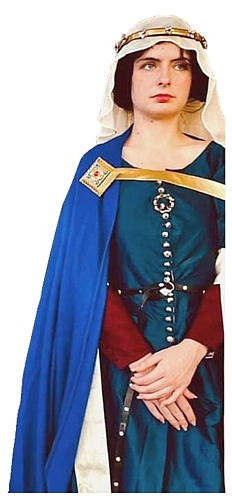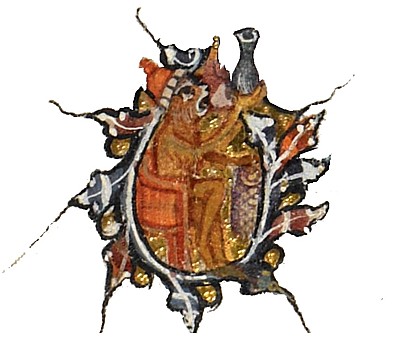Ex Libris Living
History aims to recreate, demonstrate and present
information about 14th century life in an engaging and accessible
way to modern audiences.

 Experimental
archaeology plays a large part of what we do, and many hours are
spent researching what we do. Amending what we do to include new
information as we learn new things is a vital part of this process.
Experimental
archaeology plays a large part of what we do, and many hours are
spent researching what we do. Amending what we do to include new
information as we learn new things is a vital part of this process.
Testing and attempting to recreate
historical things, whether a piece of furniture seen in a manuscript
or a skin care recipe from a written source, is an ongoing learning
process.As re-enactors in a medieval world, every effort is made
to try our best to be able to document what we use for our personal
clothing, dress accessories, household items and furniture, and
keep our displays as realistic as possible.
Often a best guess approach
is adopted, as there are large gaps in what we know for sure, and
what we suppose from written sources, archaeological finds and medieval
artworks. It's never a complete picture, but we aim to make the
best we can with what we know.
 We
endeavour to use replicas of museum pieces and work with artisans
who hand make reproduction items from private collections for our
use.
We
endeavour to use replicas of museum pieces and work with artisans
who hand make reproduction items from private collections for our
use.
As humans in the modern world,
occasionally we need to be mindful of workplace health and safety
issues and health pandemics which impact what and how we can present
our displays. Signage, hand sanitiser and tents instead of actual
houses as displace spaces are concessions that need be met, but
we try to keep these to be as least intrusive as possible.